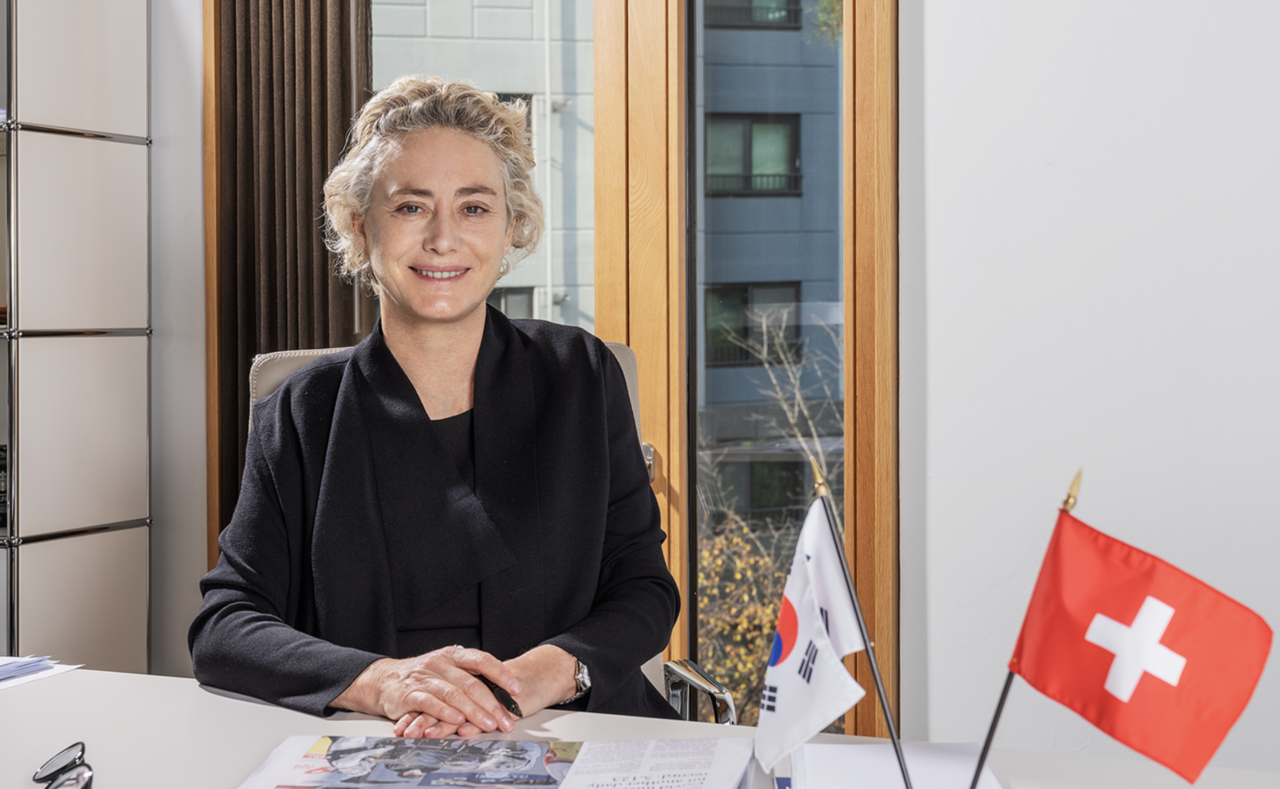
International Women’s Day is both a celebration and a call to action. Switzerland, too, strives to make gender equality an ongoing priority, leveraging its linguistic, cultural and political diversity as core strengths.
Despite progress, challenges remain. The Economist’s Glass Ceiling Index ranks Switzerland near the bottom among OECD countries, alongside South Korea. While structural changes have been made, true equality also requires cultural and institutional change.
In 2021, the Swiss Federal Council introduced the Gender Equality Strategy 2030, the country’s first national plan to coordinate efforts at all government levels. It targets workplace equality, work-life balance, gender-based violence and discrimination.
Legal frameworks also play a crucial role. Since 1996, the Gender Equality Act is in place to promote gender equality and eliminate discrimination. Swiss corporate governance reforms have set clear targets: by the end of 2025, women must make up at least 30 percent of board members in listed companies.
Internationally, gender equality is a key pillar of Swiss foreign policy, as outlined in Goal 5 of the UN 2030 Agenda. This year also marks the 25th anniversary of UN Security Council Resolution 1325 on Women, Peace and Security, which supports women’s leadership in conflict resolution. To align domestic and international efforts, Switzerland’s Foreign Ministry has launched an Equal Opportunity Action Plan, emphasizing diversity, equality and inclusion.
Gender equality must also extend to the digital sphere. At the 67th UN Commission on the Status of Women in 2023, Switzerland focused on tech gender gaps and cyber violence, which disproportionately affects women.
When I joined the ministry in 1997, fewer than 5 percent of ambassadors were women. As a career diplomat, I have personally witnessed the ongoing progress toward gender equality within the Foreign Ministry, yet many leadership spaces are still male-dominated. Navigating them requires adaptability, strong networks and persistence. Initiatives like the Action Plan mentioned above and the recognition of trailblazers help create a more inclusive diplomatic environment.
Two years ago, Swiss Foreign Minister Ignazio Cassis dedicated a meeting room to Francesca Pometta, Switzerland’s first female ambassador who was appointed in 1977. An infographic in the room shows how the percentage of female ambassadors has grown ― from 0 percent in 1957 to 35 percent in 2024, with a goal of 45 percent by 2028.
For young women aspiring to leadership, my advice is simple: follow your passion, build your career around your interests and don’t define yourself solely by gender. Feel free to express your personality. Success in diplomacy, as in any field, comes from finding balance, forming strong networks and creating opportunities.
Our society has made great strides toward gender equality, but the journey is far from over. The work must continue — not just on International Women’s Day, but every day.
For a special feature to celebrate International Women's Day on March 8th, The Korea Herald met with nine female diplomatic envoys in Seoul to hear their opinions on the persistance of gender inequality, AI-driven gender biases and how women's empowerment can be fully realized. -- Ed.
koreadherald@heradcorp.com




